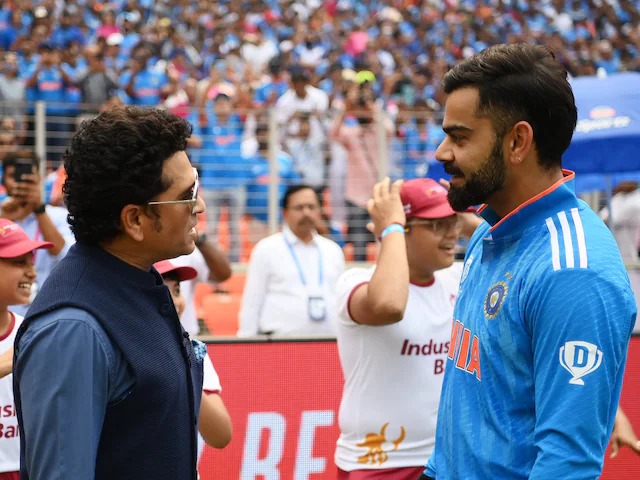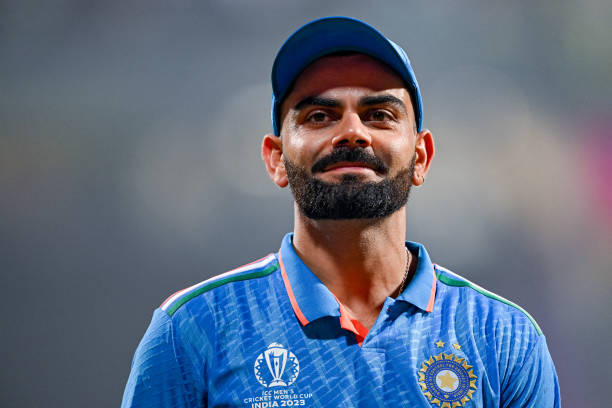
When he was approximately halfway through his storied career, Sachin Tendulkar was asked during an interview to pick out half a dozen of his finest knocks. The usual suspects, like the 155 against Shane Warne and company in Chennai (1998) made the list, but there was also what many might have seen as an odd inclusion. He spoke of a 43-ball 44 he made in an ODI in Trinidad in April 1997, a match that India lost badly. But in his mind, the 10 fours he struck and the control with which he batted on a tricky pitch against a formidable attack of Curtly Ambrose, Courtney Walsh, Ian Bishop and Franklyn Rose made it special.
It was a reminder that the greats don’t deal in numbers like the rest of us often do. For them, context is everything. A cameo against a strong attack on a spiteful surface might have tested their skills far more than a double-hundred on a featherbed. And that battle is what they remember.
Often, it’s not just the pitch conditions and the opposition alone that players have to combat. If you’re bowling at the MCG, you’ll cop plenty of banter and even abuse from the patrons in Bay 13 any time you’re fielding near the fence. Shutting out that noise and performing is an art form in itself.
In that regard, one of Tendulkar’s forgotten gems came nearly two decades into his career, the last time India toured Pakistan for a bilateral series (2006). He may have ended up in Wandsworth Prison because of character flaws, but there was never any doubt over Mohammad Asif’s talent. His dexterous wrists and ability to move the ball both ways had wrecked India in the third and final Test in Karachi. Some of the greatest players in history were powerless to keep out a bowler at his absolute peak. Tendulkar, Virender Sehwag and VVS Laxman were all bowled by the subtle movement that he was able to get with slight adjustments in wrist position.
Nearly a fortnight later, the teams arrived at the Gaddafi Stadium in Lahore tied at 1-1 in the five-match ODI series. Unlike 2004, when the prevailing mood was one of amity and friendship, this was a raucous and partisan crowd that desperately wanted payback for the Test and ODI series losses two years earlier. India were set 289 to win, and the atmosphere that Tendulkar and Gautam Gambhir walked out to resembled a bearpit.
The cacophony was the least of their worries though. Within nine balls of his spell, Asif had two wickets – Gambhir bowled, and Irfan Pathan caught behind. Rahul Dravid, the captain, came out and only he would be able to tell you how he survived 42 balls. Asif’s first spell was so masterful that Dravid, who then had strong claims to be the world’s best, looked like a novice. Beaten on the inside edge, flummoxed by away movement, rapped on the pads – it was an ordeal.

At the other end, Tendulkar was like a Zen master. More than any shot he played, what you recall are the ones he didn’t – judgement so precise it made you gasp as the ball whistled past edge or stumps. He didn’t even get Man of the Match – MS Dhoni did for an unbeaten 46-ball 72 that finished things off – but the 95 he made that night was far far better than many of his centuries.
It was a contest that epitomised why we watch sport – two masters of their craft facing each other, and neither yielding an inch. Asif lost that night, but Tendulkar would be the first to tell you that it could so easily have gone the other way.
Why bring this up now, these years later? Well, when India and Pakistan face off in New York later today, Virat Kohli will be playing his 17th ODI against the cross-border rivals. He has also faced them in 10 T20Is. That’s 26 matches in a career that’s now into its 16th year. He also hasn’t played a single game in Pakistan, having made his debut a couple of months after India lasted visited for the Asia Cup in June 2008.
Tendulkar’s catalogue included 18 Tests and 69 ODIs against Pakistan, of which 23 matches (including 10 Tests) were on Pakistani soil. Forget his World Cup efforts against Pakistan, in 1992, 2003 and 2011. Ask yourself if his fellow Indians would remember him with such fondness if not for those many innings against the old enemy. The boy-on-burning-deck batting against Imran Khan, Wasim Akram and Waqar Younis as a teenager, the near-miraculous 136 with a crippled back in Chennai, the Multan declaration, and the six off Shoaib Akhtar at Centurion – these are inseparable from the Tendulkar legend.
Kohli is a fantastic player. But we will never see him or Rohit Sharma play in front of a packed National Stadium in Karachi, or at the Gaddafi. It’s a bit like a Real Madrid legend never stepping on to the turf at the Camp Nou in Barcelona. It feels almost like a novel with a chapter missing.
Without getting into the politics of it, too complex for these pages, those that watched prime Tendulkar will tell you that both Kohli and millions of cricket fans have missed out.
Also Read: Dodgy New York pitch could undermine India-Pakistan game, the T20 World Cup’s biggest spectacle



